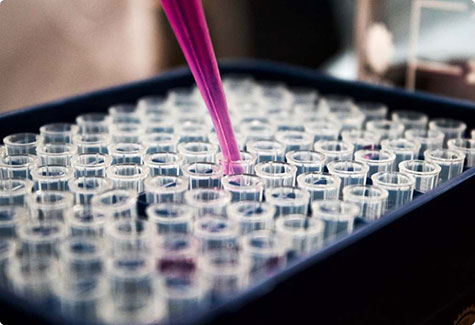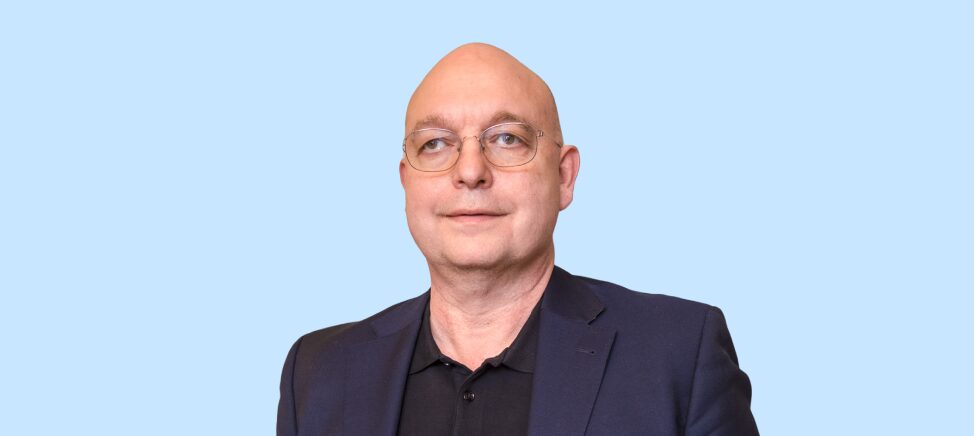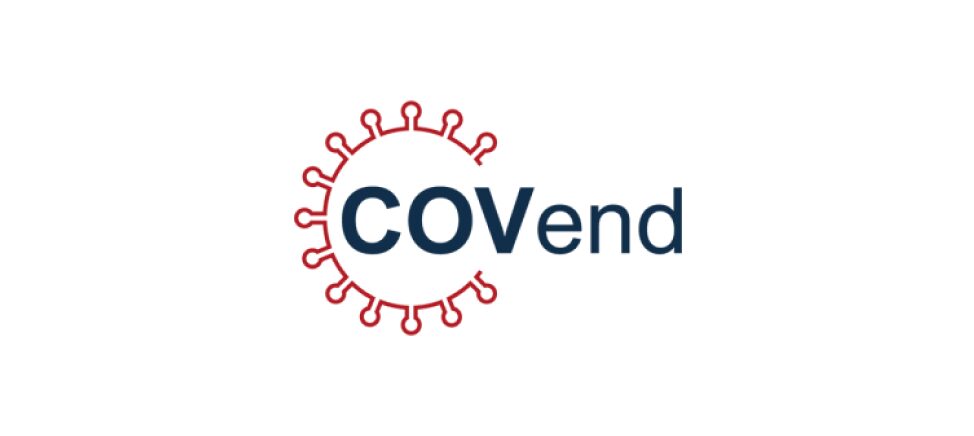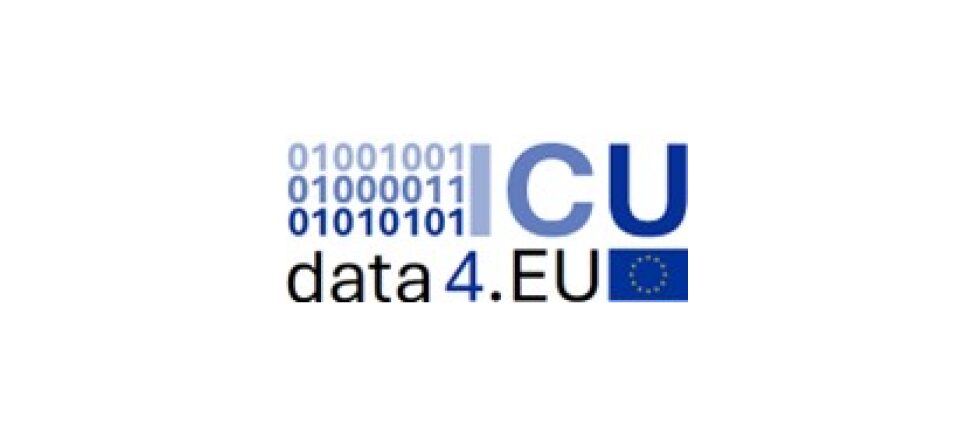Newsletter 2025
Monitoring beyond borders
The 2024 ESAIC Focus Meeting
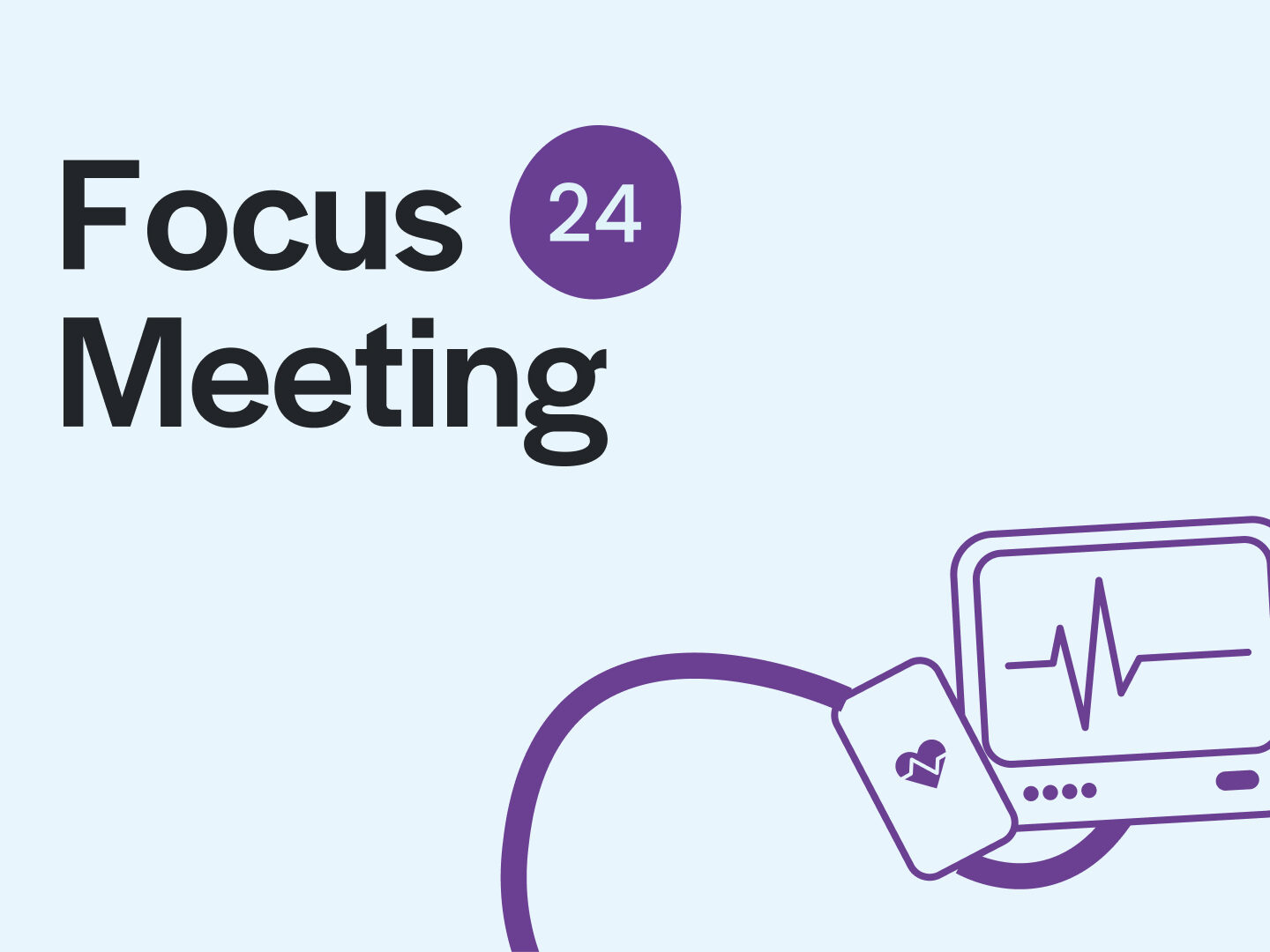
We held the annual Focus Meeting of the ESAIC during one weekend in November 2024. This year, the Scientific Committee chose monitoring as the meeting theme, with special emphasis on monitoring outside the operating room – “monitoring beyond borders.”
In many aspects, the Focus Meeting is the closing event of a year-long educational programme. 2024 was an exceptionally busy year, with an educational programme covering several distinct clinical topics. Accordingly, we decided to follow these topics when creating the meeting’s program: haemodynamics and cardiac function, respiratory function, brain health and cognitive function, and pain perception and evaluation. Additionally, we aimed to follow the surgical patient’s journey and focused each of the 4 sessions on one step along this journey.
The 4 sessions were:
- Pre-operative evaluation and monitoring
- Postoperative monitoring in the surgical ward
- Unique monitoring capabilities in the intensive care unit
- Post-discharge monitoring at home
Each session included 4 talks, one on each annual clinical topic.
The Focus Meeting is a great opportunity to discuss novel technologies, emerging modalities, innovative ideas, and future directions of our profession. Indeed, the program consisted of numerous fascinating talks that are sometimes hard to find in larger “conventional” conferences. We had the opportunity to learn and discuss topics such as:
- personalised blood pressure monitoring and targets starting prior to surgery
- cutting-edge innovations using virtual reality to enhance patient comfort
- evaluation of patients’ microcirculation rather than the microcirculation
- prediction models based on novel analyses of EEG signals
- novel wearable and wireless systems that capture various vital signs and can capture early signs of physiological deterioration
- monitoring surgical patients in their living room after hospital discharge, and much more.
In addition, two keynote speakers shared their perspectives on the future of anaesthesia and intensive care. Prof. Robert Klitzman from Columbia University discussed the opportunities and risks associated with the increasing use of Artificial Intelligence in medicine. Prof. Katarzyna Kotfis from Pomeranian Medical University in Poland predicted the future technology-based approach to delirium prevention and treatment in the intensive care unit.
The ESAIC Focus Meeting is often a great opportunity to get novice physicians involved in the many scientific activities the ESAIC offers. Indeed, young and promising anesthesiologists presented alongside world-leading experts at the beginning of their research careers. The ESAIC Trainees Committee heavily supported the planning and execution of the program. Each session was co-chaired by one senior physician and one trainee physician. In addition, trainees were responsible for summarising the complex content of each session and providing short ” takeaway points.” Monitoring surgical patients is undoubtedly one of the fundamental aspects of peri-operative medicine and a core interest of anesthesiologists and intensivists. The technological advancements of the last decades allow a much more precise, detailed, and frequent insight into physiological parameters that were once unavailable to clinicians. We are now able to record and analyse real-time EEG, read brain saturation through a patient’s skull, capture beat-to-beat variations and variability in blood pressure, observe red blood cells as they move through microscopic sub-lingual capillaries, and even estimate the level of pain that our anaesthetised patient experiences. Moreover, we have the necessary computing power to capture and analyse all these data using sophisticated algorithms and artificial intelligence that can isolate small signals from background noise, allowing us to draw conclusions and make clinical decisions. But are these truly solid conclusions? Or are they mostly assumptions? Many of these clinical practices deserve validation.
We can now monitor our patients using small patches and wearable devices that transmit vital information wirelessly to central stations. Physicians can now sit in front of a single screen and monitor multiple patients’ blood pressure, breathing, temperature, ECG, and even posture and activity while the patients are not even in the hospital. Some advantages are obvious and require no scientific proof of beneficence – knowing in real-time that a patient fell out of his bed or is having a cardiac arrest seems valuable. However, many questions remain to be answered: Will continuous monitoring of patients after surgery improve their outcomes? Does the fact that an algorithm can now alert the clinician that a patient is starting to deteriorate and prevent some postoperative complications, or merely detect them earlier? Can early detection truly divert clinical deterioration from its course? This seems logical, but it remains to be proven.
Undoubtedly, intraoperative preventable mortality has dropped so radically that it is now barely measurable. An important contribution to this extraordinary anaesthesia profession achievement is improved intraoperative monitoring capabilities (other important contributors are potent interventions and highly skilled clinicians able to react to monitors and administer the necessary interventions). Nonetheless, postoperative mortality is still common and is estimated by some as one of the leading causes of death in the Western world. It is reasonable to extend our professional skills and capabilities beyond the borders of the operating rooms to the postoperative period and search for ways to address preventable postoperative mortality and morbidity.
More than 200 participants took part in this exciting online event, which lasted more than 8 hours and was generously supported by our medical industry partners, Medtronic and Masimo.
This event’s success resulted from the hard work of the speakers and moderators, who contributed their time to provide such great content and were open to inspiring discussions. It is also the result of the contributions of the Scientific Committee and its Forum leaders that assisted in creating a diverse and fascinating scientific program. Special appreciation goes to the present and past Chairs of the Scientific Committee, Prof. Michel Struys and Prof. Idit Matot, for their support and trust and the ESAIC office’s outstanding organisation of this complex online event.
Author
- Barak Cohen, Vice chair and head of the research section, Division of Anesthesia, Intensive Care, and Pain Management Tel-Aviv Medical Center, Tel-Aviv University, Tel-Aviv, Israel. Chair of Forum 5 (devices and technologies) of the ESAIC Scientific Committee and served as the president of the 2024 ESAIC Focus Meeting. He declares no competing interests.

